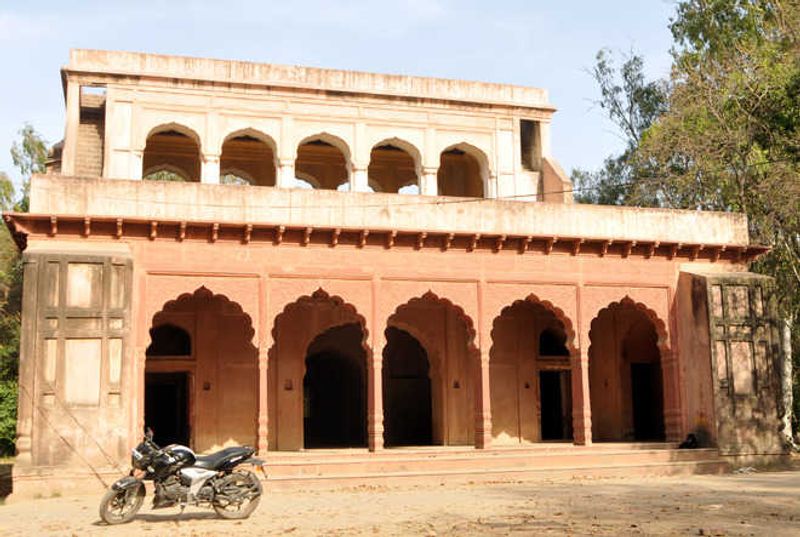The project to revive the historic Chahar Bagh around Maharaja Ranjit Singh's summer palace at Ram Bagh, popularly known as Company Bagh, remains incomplete even after several years. The Chahar Bagh, a traditional square garden complex inspired by Persian and Mughal designs, was once the original structure of Ram Bagh before the British altered it.
Experts say the Chahar Bagh represented the classic Mughal concept of garden design where nature, water and symmetry came together to symbolize balance and divine harmony. Similar gardens were developed in Mughal cities such as Kashmir, Delhi and Lahore. Maharaja Ranjit Singh's Summer Palace was built in the center of four of these gardens, forming a perfect square, a reflection of the cultural and aesthetic excellence of the Sikh Empire.
However, during the British period, the garden's boundary walls were demolished and new streets and buildings were built in their place. In 2018, the National Heritage City Development and Augmentation Yojana (HRIDAY) launched a project to restore the original layout of the Chahar Bagh. During the excavations, the teams discovered traces of the ancient boundary walls, confirming the garden's previous structure.
The HRIDAY plan called for the construction of a 140 cm wide wall connecting the original watchtowers to restore the square plan. However, due to interference with the garden, the project could not be completed. The presence of clubs, concrete roads and other modern facilities has made it difficult to revive the original landscape.
A large part of the listed garden is now covered with concrete structures that contradict its historical character. The Archaeological Survey of India and the MC are obliged to remove these encroachments by mutual consent.
Despite the importance of the site, the project was ended without completion. Heritage lovers and historians have urged the authorities to restore the Chahar Bagh, which would not only preserve the city's heritage but also enhance the cultural and environmental value of the most iconic green space in Amritsar.
Wow
